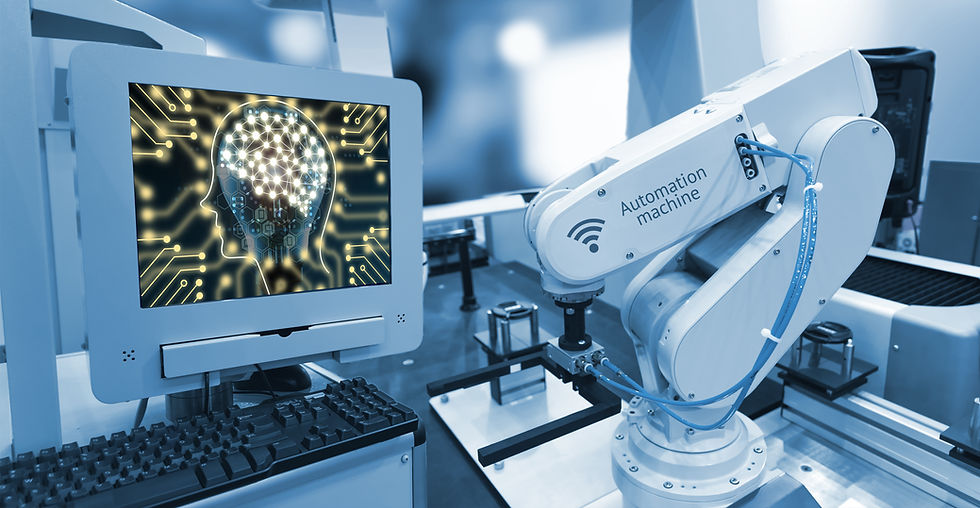Healing Through Connectivity: How IoMT is Reshaping Patient Care
- aajahestavillo
- Nov 22, 2024
- 2 min read

Imagine a world where your smartwatch doesn't just count your steps, but actively monitors your heart health, alerting your doctor to potential issues before you even feel symptoms. Picture a hospital where beds communicate with nurses, ensuring patients receive timely care without a single button press. This isn't science fiction—it's the Internet of Medical Things (IoMT), and it's revolutionizing healthcare as we speak!
While we're all familiar with the internet connecting our computers and smartphones, IoMT takes connectivity to a whole new level in the medical field. It's not just about accessing information; it's about creating a vast network of smart medical devices that collect, analyze, and share vital health data in real-time.
Growing Market Potential
The IoMT market is expected to experience substantial growth in the coming years, indicating its long-term potential in healthcare (Khristich, 2024). IoMT holds numerous benefits for both patients and healthcare providers.

Diverse Applications and Devices:
Remote patient monitoring
Smart hospital infrastructure
Wearable devices for health tracking
Personal emergency response systems
Medication adherence monitoring
In-hospital devices
In-clinic monitors
Improved Patient Care:
Real-time data collection aids early issue detection and supports data-driven healthcare decisions.
Continuous monitoring enables timely interventions and personalized care, especially for chronic conditions.
Patient Empowerment:
IoMT devices let patients manage their health with real-time data access.
Greater health management engagement often improves outcomes and patient satisfaction.
Efficiency and Cost Reduction:
Remote monitoring reduces in-person visits and hospital stays.
IoMT streamlines operations, saving costs for healthcare providers
Increased Accessibility:
IoMT allows patients to get care and share data from home, reducing travel and expanding healthcare access.
Especially beneficial for patients in remote areas or with mobility limitations.
Integration Challenges
Implementing IoMT requires significant changes to existing healthcare systems and workflows, which can be a barrier to quick adoption.

Data Security and Privacy Concerns: As with many digital health technologies, there are concerns about data security and patient privacy that need to be addressed
Regulatory Hurdles: The healthcare industry is heavily regulated, and new technologies like IoMT must navigate complex regulatory landscapes before widespread adoption can occur.
Initial Investment Costs: The implementation of IoMT infrastructure and devices can require substantial upfront investment, which may deter some healthcare organizations from immediate adoption.
IoMT in Action
Watch this video to see how the Internet of Medical Things (IoMT) is revolutionizing healthcare by enabling seamless integration of vast quantities of patient monitoring data into a single, longitudinal record. This technology shift from device-centric to patient-centric monitoring allows hospitals to scale their capabilities, monitor an unlimited number of patients, and deploy clinical applications that automate routine processes.
IoMT's potential extends to improving data privacy through better ID management, and leveraging big data analytics and artificial intelligence to bring breakthrough innovations in patient monitoring and clinical insights.
Although it has not yet achieved widespread adoption across the industry, IoMT technologies are already here, and they’re making a difference in the lives of millions, giving them better control over their health and improving communications with healthcare providers (Watts, 2023).
References
Khristich, S. (2024). Top-17 healthcare technology trends in 2024. https://tateeda.com/blog/healthcare-technology-trends
Watts, S. (2023). The internet of medical things (IoMT): a brief introduction. Splunk. https://www.splunk.com/en_us/blog/learn/the-internet-of-medical-things-iomt.html




コメント